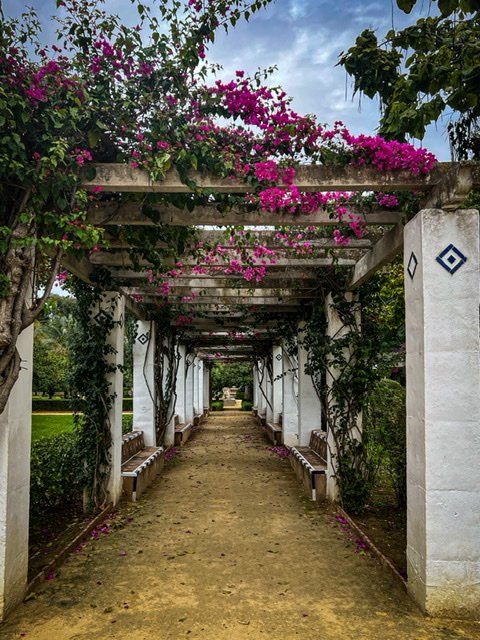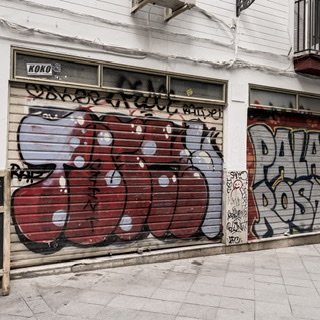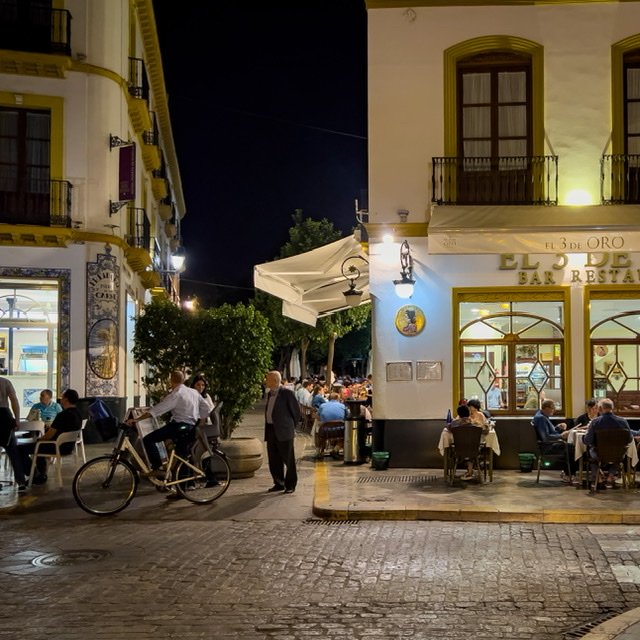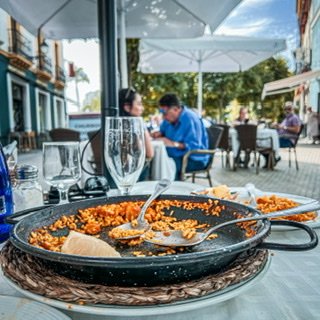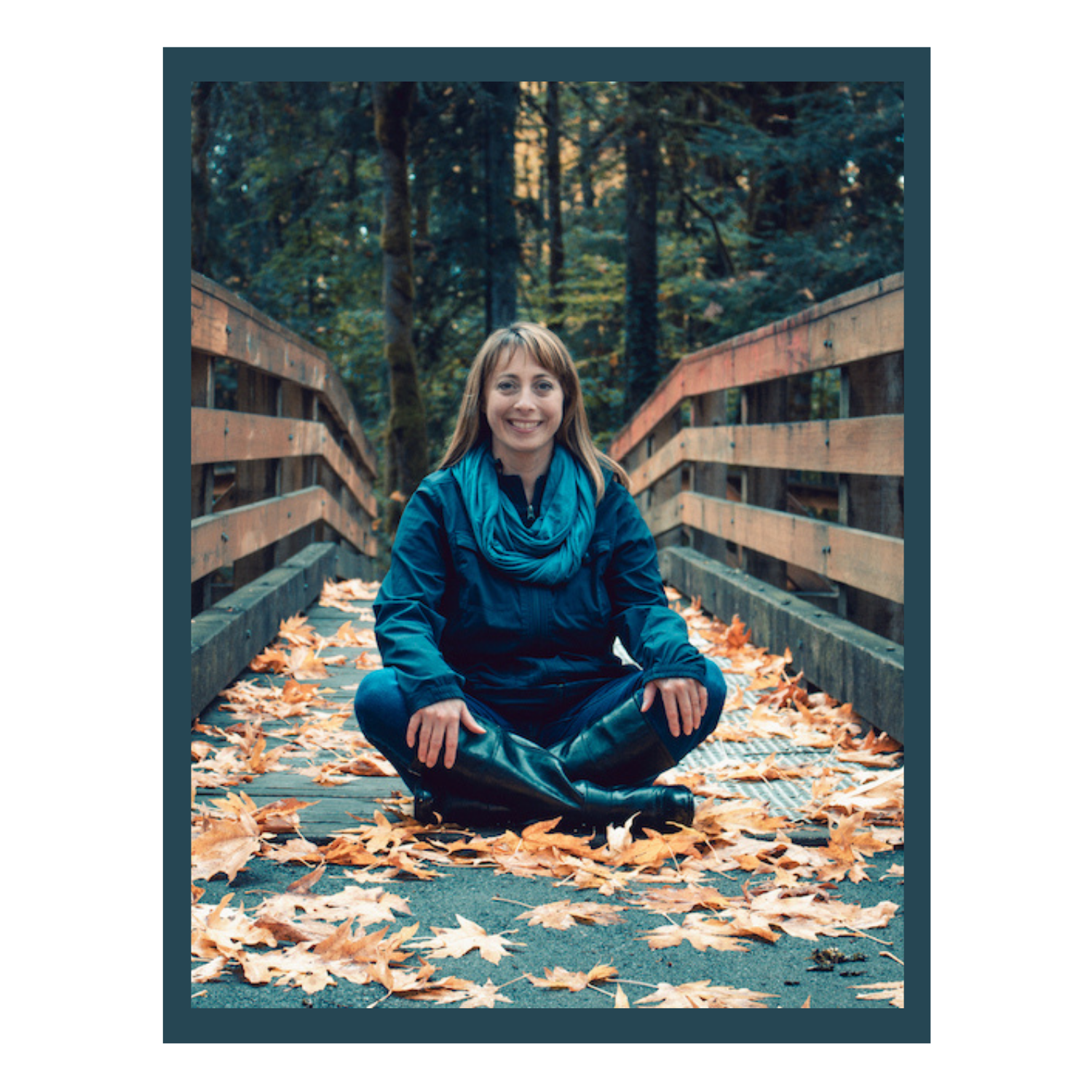Finding a new rhythm in slow travel - Spanish Style
If I was to succinctly describe Spain, it would have to include mention of its casual pace. Everything happens later and slower than what I’m used to! As an outsider, the great emphasis and priority on personal relationships and personal connections is visible every time you walk the streets of Spain. I’m sure business gets done but the hustle and bustle of everyday life is beautifully masked behind an unhurried rhythm. There is a wonderful lesson here!
The heartbeat of Andalusia
Spain is a big country and there are MANY, MANY cultural differences between its territories such as dialects, food, attitudes, legends, and daily rhythm. My experience with a longer stay is limited to Andalusia in the south of Spain, specifically in Sevilla.
Andalusia includes other cities such as Granada, Cordoba, Malaga, Cadiz and, unique from other parts of Spain, has a much stronger Arabic influence because of the Moors who once ruled much of southern Spain.
Andalusia has a warm tropical feeling. Imagine cobblestone streets, beautiful tiled street signs, palm trees, exotic flowers, pathways of sandy yellow albero from nearby quarries.
More fun facts:
In its heyday, Sevilla was once the gateway of all merchant trade in/out of Europe making it the richest city in Europe
Andalusia is currently the world’s largest producer of olive oil and,
the birthplace of Flamenco music and dance!
Can we adjust to a Spanish Rhythm?
My husband and I were interested in aligning our daily rhythm to the beat of Spanish locals. It wasn’t simply dealing with jet lag but rather adjusting to the Spanish rhythm: later starts, longer evenings, slower pace, new routines.
One can successfully holiday in Spain and sleep and eat like a North American/Australian/Brit. But even so, many restaurants might be closed when you are looking for dinner, stores are often closed in the middle of the day making shopping areas look abandoned, and you’ll miss the hum and energy if you are not around when Spaniards (who also seem to make up most of the tourists) make the city vibrant and full of life and laughter.
You might also be off beat if you stick to the tourist areas. Venturing down a narrow cobblestone street can quickly bring you to shops and tavernas more frequented by locals and more reflective of a Spanish way of being.
Our scenario
I recently read, and agree, that living away (as opposed to vacationing) forces one to confront unfamiliar patterns. We were interested in trying out the Spanish way of life while in Spain and gave ourselves just over a month to see if we could and would adjust. (And what aspects we might just take home forever!) We rented a one bedroom apartment just on the outskirts of the charming old quarters of Sevilla, the primary tourist centre. Its central location means that we can explore most parts of Sevilla in a 15-30 minute walk. Public transportation is readily available but we rarely need to use it.
The building we are in is typical of a Moorish approach to architecture that hid homes behind very plain, high walls. The Moors didn’t show off or flaunt their wealth so the street view is very plain, particularly compared to later-built buildings in the old quarter. Entrance is through an enormous wooden door followed by a second iron gate, after which you pass into a dreamy courtyard lined with arched doorways and windows looking down to cobblestones and gardens. Apparently, it was used in some movie scenes.
There are over 70 apartments. You can tell that some of the apartments are rented as airbnb’s or vrbo’s but not many. Most of the people we pass daily on our way out of the building’s courtyard seem local. A few have dogs, one older gentleman is on his computer each morning, the family above or beside us definitely only speak Spanish. Several signs and “rules” are posted including silencio and don’t bang the old doors. And the place is, indeed, very quiet.
The pro is that I sleep very well (compared to other big city stays), the con is that it doesn’t encourage many friendly exchanges between neighbours (or at least that we’ve noticed). I love the retreat vibe and after a day and/or night strolling through a busy city it is a gem!
In terms of “living local”, I haven’t poked my head into other people’s apartments but having travelled to other European countries, it is fairly typical. The kitchen area is small with an apartment sized fridge and freezer, a 2 burner stovetop, a microwave, and regular small appliances like a kettle and toaster. Like other European kitchens, it includes a compact clothes washing machine. Compared to a kitchen in Canada, there is no oven and very little counter space… and everything is much more compact. A convenience store is half a block away, a larger food store is two blocks away, and fabulous markets are within an easy 5-10 minute walk.
The Schedule So Far
Despite being culturally conditioned after decades in Canada, once we settled into our apartment and shed the fast pace itinerary of tourists trying to see it all, we VERY quickly fell into (and fell in love with) the rhythm in Sevilla.
We are probably asleep by 1 or 130am.
Awake by 9 or 930am with cafe con leche and toast or a pastry.
A small breakfast at 1030 or 11am depending on the day’s activities. Often an espresso and more pastry!
A big meal (lunch) at 2 or 3pm
A sobremesa (relaxing chit chat after a big meal) or a dreamy siesta until 430 or 5pm.
Up and out as the day cools off. Maybe a snack or tapas starting at 6pm.
Dinner at 9pm.
We typically end the day, like everyone else, by going out in the evening. For us it is only until about 1030 or 1130pm. Sometimes we’ve caught ourselves settling in after the sun sets - at home Netflix would probably be on - but here we usually get our shoes back on and enjoy the Paseo in the beautiful temperatures and warmly lit streets amidst the hum of people young and old. We are back in our apartment before midnight knowing that things are actually just getting started for a lot of people! There are some establishments (and I’m not just talking clubs/discos for the 20 something crowd) that are in their dinner rush and live entertainment is JUST starting at midnight. It is not uncommon, especially on weekends, for people to roll back home at 3, 4 or 5am! We don’t notice that in our walled apartment retreat in Sevilla, but we certainly heard that every night in Barcelona and Madrid.
In reality, we have a modified version of a Spanish day. If we had family and friends here, I can see how social time would increase. Apartments aren’t set up for major entertaining, so you meet your friends or family or neighbours in the streets.
What about for non-retired, non travellers?
While we are fortunate to be revelling in a newly retired lifestyle, working Spaniards follow the same schedule - they just fit in work or school while we are privileged to wander and sightsee. Life still revolves around eating and time with family and friends.
I asked a friendly local about her life growing up in Sevilla. She told me that work and school typically starts at 830 or 9am. They have an 11ish break for breakfast and then things wrap up at 2ish. Everyone goes home to prepare the main meal and have a siesta. Those that work, depending on the job, often go back to work from 5-7pm. Then they meet up with friends and family at a bar for a drink, tapas and maybe dinner too. Then they join in the nighttime Paseo.
We aren’t eating out everyday. Part of our experiment is also grocery shopping and buying local fresh fruit, meat and fish at the market. We have found that we are following a similar schedule as local people in terms of our sleeping and eating. The hardest switch, in the end, is eating more food at lunch than at dinner. Our Canadian cultural habit clings to dinner being the largest and most important meal of the day. In Spain it is a small meal..often following a few hours of tapas!
The Paseo and Paseo Culture
I’ve mentioned the Paseo and it is a delightful part of Spanish culture. Defined as a leisurely evening stroll, it is an integral part of the rhythm of Spanish life here in Sevilla.
It’s NOT a “walk” for exercise.
There is no specific destination per se.
It includes everyone - families with strollers, toddlers and small children, the elderly, the dressed-up club goers, and everyone in between.
During our Paseo, my husband and I catch each other when our pace quickens or we have the urge to “pass” people on their evening stroll. Slow down, we signal to each other. No one is going anywhere in particular. We might grab a bench and people watch, nab an open table for a beer, or just keep strolling!
Like the evening Paseo, overall the daily rhythm in southern Spain assumes that you aren’t in a rush. What a wonderful lesson to live! 🇪🇸 ❤️
Here are some Spanish experiences in Seville that might help you soak up the culture (they helped us)!


